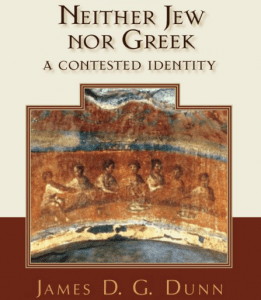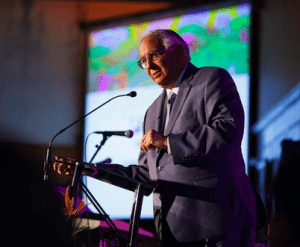 The place to begin a discussion of heresy in America is with historical Jesus studies, so argues Ross Douthat in Bad Religion. He’s a detective for nonsense, though I’m not sure he comprehends either the essence of the discipline in historical Jesus studies or the work of the vast majority — instead he focuses more on the sensational claims and blots a big mark over the whole. But he does get to the heart of some of the major issues at work.
The place to begin a discussion of heresy in America is with historical Jesus studies, so argues Ross Douthat in Bad Religion. He’s a detective for nonsense, though I’m not sure he comprehends either the essence of the discipline in historical Jesus studies or the work of the vast majority — instead he focuses more on the sensational claims and blots a big mark over the whole. But he does get to the heart of some of the major issues at work.
He thinks at the bottom of (much of) the historical Jesus enterprise is a denial of Christian orthodoxy. It presents a revisionist Jesus.
Like the National Geographic sensational story about the Gospel of Judas, which within a year was revealed to be a misguided and misleading if not misinformation translation in order to make the big claim.
Douthat himself makes a big claim — what do you think of it? “Every argument about Christianity is at bottom an argument about the character of Christ himself, and every interpretation of Christian faith begins with an answer to the question Jesus posed to his disciples: ‘Who do you say that I am?'”
He sketches the “paradoxes” of Jesus: both humble and divine, both a celibate ascetic and changed water into wine at a wedding, consorts with prostitutes and denounces lust… etc. And this means that the Christian faith has embraced the whole Jesus and not part of him, and the problem with historical Jesus stuff is the embrace of only one dimension. Think Thomas Jefferson who got rid of the stuff he didn’t like, like the miracles.
He makes brief remarks on the history of the quest: the first quest to the new quest. He sees two characteristics:
1. The orthodox story is largely mythical and self-serving; there was pluralism at the start; force and fraud established the orthodox story.
2. The goal is to find a Jesus more palatable for postmoderns and at the same time more historical.
He has in mind Bart Ehrman, Elaine Pagels, Dom Crossan, Bob Funk, and Marcus Borg.
The aim of this field is to reconstruct Jesus, what he was really like, over against the Gospels themselves, the NT itself, Nicene orthodoxy, and more or less the church’s tradition. His contention: their Jesuses are a lot like the “accommodationist Christianity of the Protestant Mainline” (161). And “they almost always represent a rebuke to Evangelical Christianity, conservative politics, and the combination thereof” (161).
Why, he asks, do these scholars ignore the earliest sources about Jesus? The apostle Paul. His Christianity looks more like Nicea than the diverse Christianities of Ehrman and Pagels.
They are “masters of detection and geniuses at code breaking” (171) — that is, they seen hidden agendas everywhere, reconstruct their suppositions and then show that the earliest Christianity was not orthodox but just like accommodationist Christianity today. After a brief on Crossan, he says this: “Note the brave certainty of the paranoid style” (172). Then he jumps into Dan Brown’s novel that took this stuff and made it very readable, and dipped it into a conspiracy narrative.
This has not given us a Jesus that can be believed; it has not helped the accommodationist churches — “the rush is exciting, but the hangover is a killer” (176). That is, the Jesus that is left is a pale reflection of accommodationist Christianity.
Briefly: Yes, much of what he says here is fair to what’s going on with these scholars, but to speak of the whole field as represented by them is grossly inaccurate, and we’d be better off if he had sketched the majority moderate historical Jesus scholars as well. But I agree: the historical Jesus enterprise has taken shape in order to replace the Jesus of Christian orthodoxy and the Jesus of the Gospels and the apostles.











